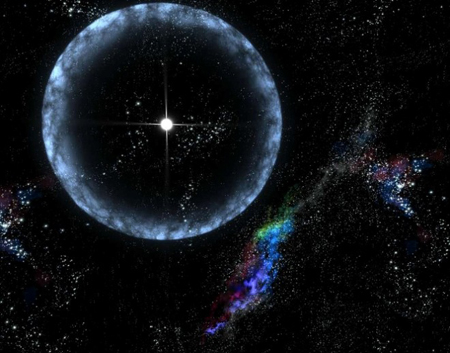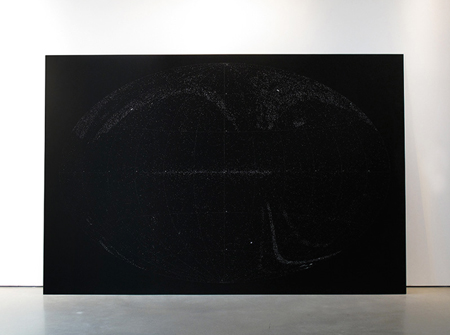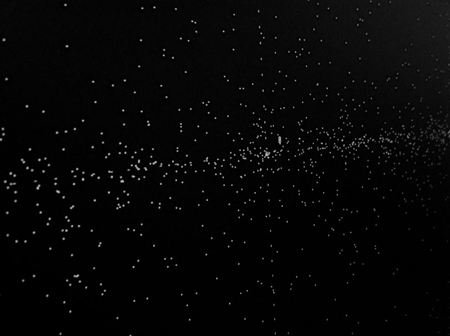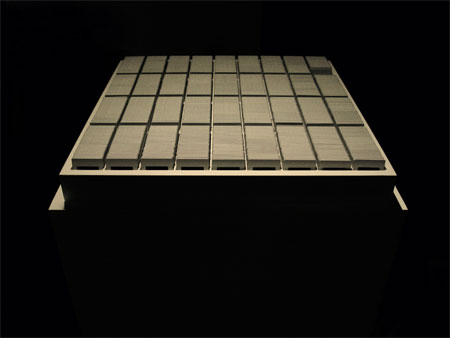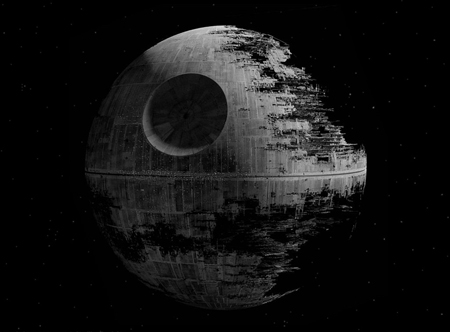Image: Artist’s impression of a neutron star with a powerful magnetic field, called a Magnetar (Credit: NASA)
Neutron stars are the cold, dense remnants of massive stars that died in fiery supernova explosions. They tend to have masses similar to the sun, but in diameter they would barely stretch 60km. This extreme density makes neutron stars exceptionally good nets for dark matter. For their size and their temperature, they have the best efficiency in capturing WIMPs (Weakly Interacting Massive Particles). Particles up to 100 times smaller than the ones underground experiments are sensitive to could still make a noticeable difference to neutron stars. Hunting for cold stellar corpses near the center of the galaxy or in star clusters could put new limits on the properties of dark matter.
Dark matter and ordinary matter are thought to clump up in some of the same places, like the center of the galaxy or globular clusters of stars. The center of the galaxy is dusty and difficult to observe, and most globular clusters are so far away that a cold, tiny neutron star hiding inside them would be beyond today’s telescopes. The next generation of ultraviolet telescopes could be up to the task.
Astronomer Bob Rutledge of McGill University suggests an alternative approach: Rather than squinting for neutron stars’ dim light, astronomers could find them through ripples in space-time called gravitational waves. When two neutron stars merge, they are expected to throw off massive amounts of these waves, and Earth-based detectors like LIGO are already in place to catch them — although no waves have actually shown up yet.
Based on a text by Lisa Grossman
Katie Paterson
All The Dead Stars, 2009
A map documenting the locations of just under 27,000 dead stars – all that have been recorded and observed by humankind.
Katie Paterson’s artistic practice is multi-disciplinary, cross-medium, and conceptually driven, often exploring landscape by means of technology, and connectivity by way of moonlight, melting glaciers, and dead stars.
History of Darkness, 2010
History of Darkness is a slide archive; a life-long project, it will eventually contain hundreds upon thousands of images of darkness from different times/places in the history of the Universe, spanning billions of years. Each image handwritten with its distance from earth in light years, and arranged from one to infinity.
The Death Star below is a fictional moon-sized space station and superweapon appearing in the Star Wars movies and Expanded Universe.
